Framework


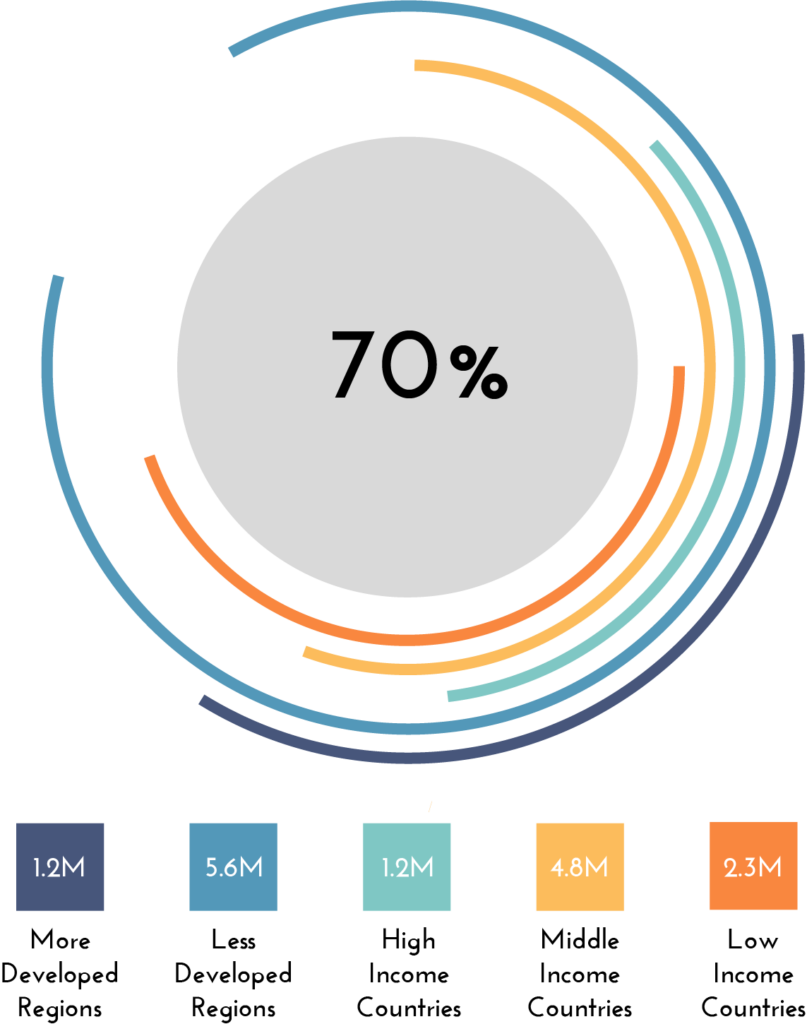

The CoP-CITIES is put forward to foster the engagement of a wide range of stakeholders, from ‘traditional’ ones to urban communities. In combination with top-down approach to urban policy, co-creation gives citizens, local officials, researchers and the private sector an equal say in the decision-making process. Fundamentally, the CoP-CITIES aims to be instrumental for the localisation of policy principles, beyond traditional and formal consultation processes.
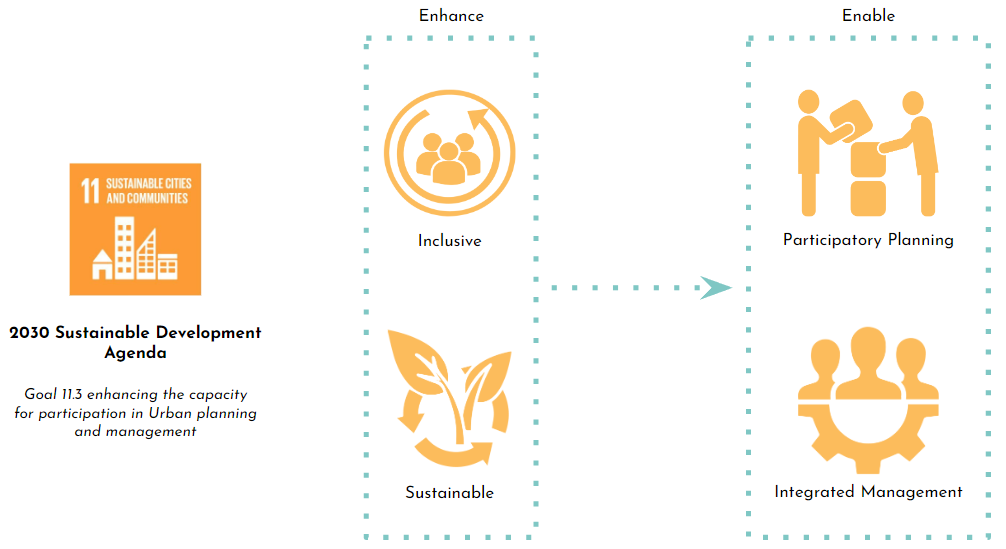
By 2030, enhance inclusive and sustainable urbanization and capacity for participatory, integrated and sustainable human settlement planning and management in all countries
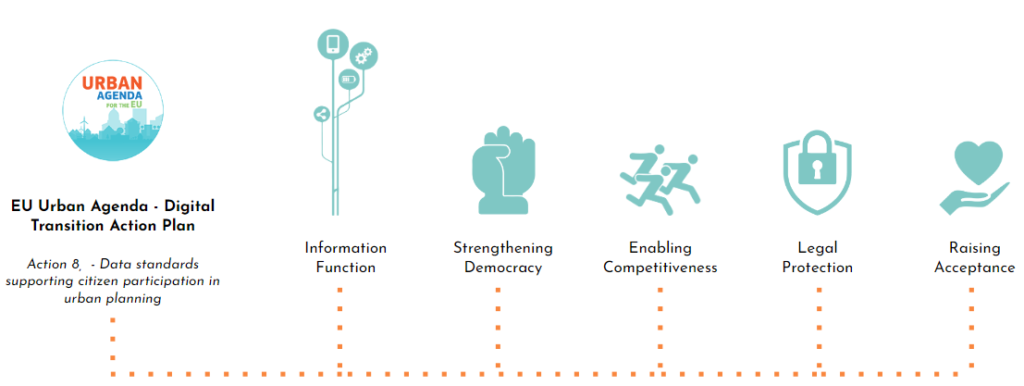
The objectives of participation of public authorities, public agencies and the general public in urban planning and design processes are:
- Broadening consideration documents (documents produced by discussion groups) (information function),
- Increasing participation of general public in the long, mid-, and short term (strengthening democracy),
- Speeding up the participatory processes (enabling competitiveness),
- Improving influence in planning processes (legal protection),
- Raising the acceptance of planning projects.
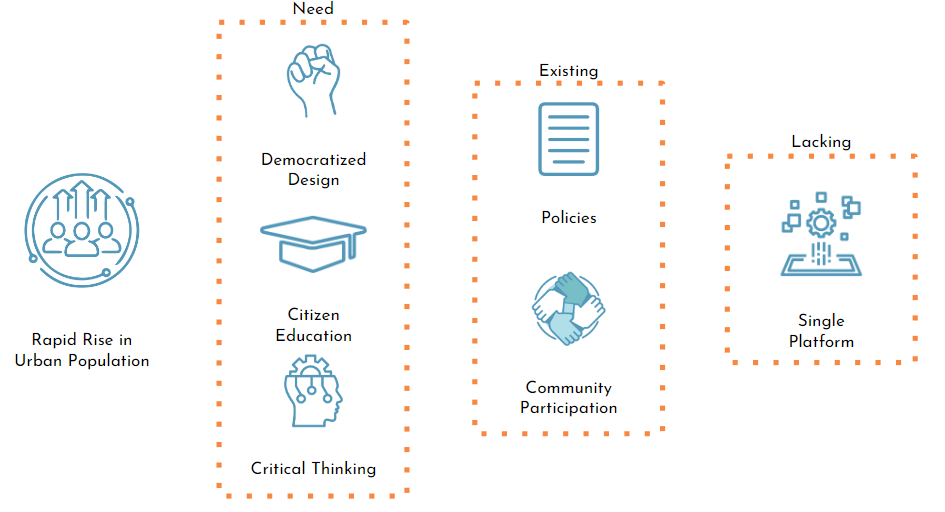
The rapid rise in Urban population calls for a need for a more democratized method of designing of the urban spaces. Alongside this urbanization strategy the education of the citizens of these spaces towards a critical thinking approach in relation to their actions and decisions has become crucial. The policies towards the goal of community participation have been put forward however, there is still a lack of a platform that encompasses the full range of these plans to action.
Precedent Study – Extract

The space for the creation of a digital platform that facilitates the increased involvement of the society in the design of the urban fabric while also providing a channel for the architectural education of the citizens to initiate an open dialogue of how their decisions impact the environment, and creating a channel of communication between the community, the designers, and the administration.
Project Introduction
“Urbanify” is a technology driven participatory design forum that encourages a higher community involvement into urban design and planning. The forum aims to create a collective decision making process towards city planning by creating a database of public demands and needs through the platform utilizing the power of real-time visualization.
Creating a standardized workflow towards participation that can be replicated in a modular manner for urban projects using the provided research to increase user engagement towards a collective decision making process.
Project Objectives
Following the research, the app is to be designed for each user’s common and unique needs



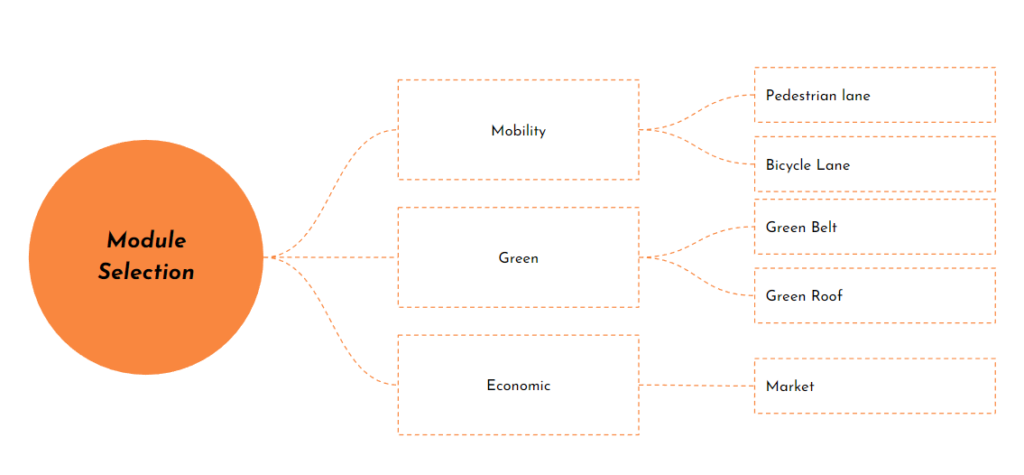

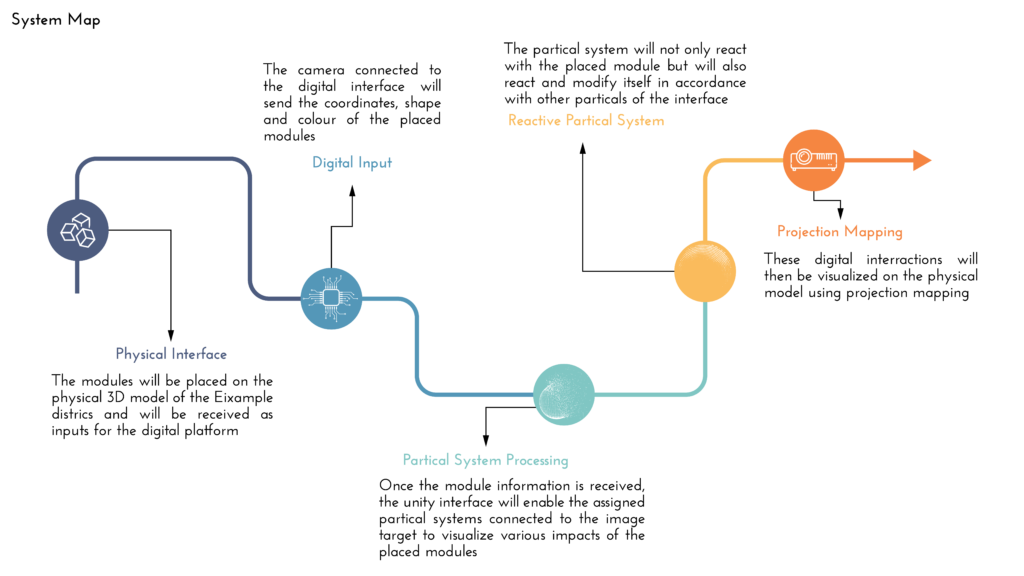
Next Steps
- Assigning weight to various factors affecting impacts
- Finishing the Unity Visualization portal
- Optimization of projection mapping
- Fabrication and production of the physical model
- Alpha testing with peers
Urbanify is a project of IAAC, Institute for Advanced Architecture of Catalonia developed in the MAA02 in 2022/2023 by: Student: Perniyal Waseem and Faculty: Areti Markopoulou, and Nikol Kirova

